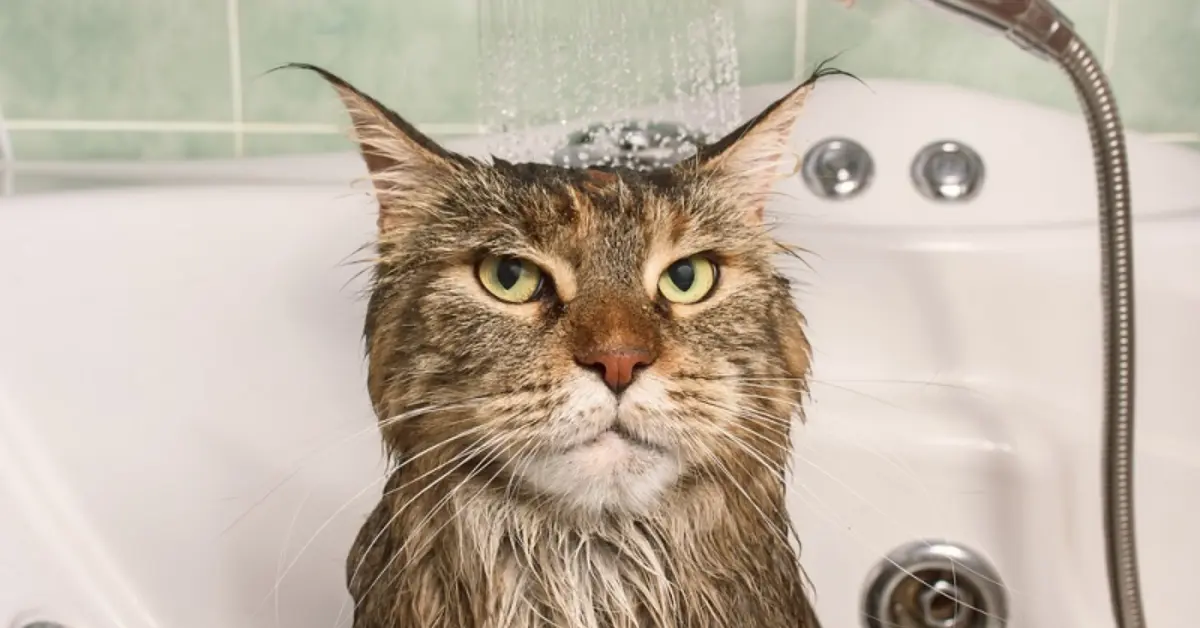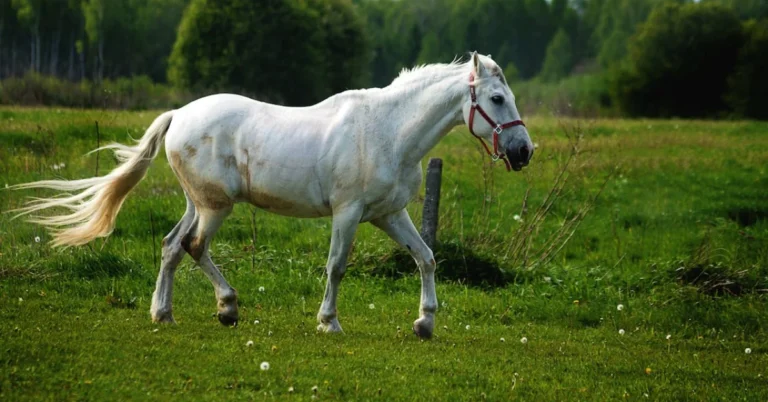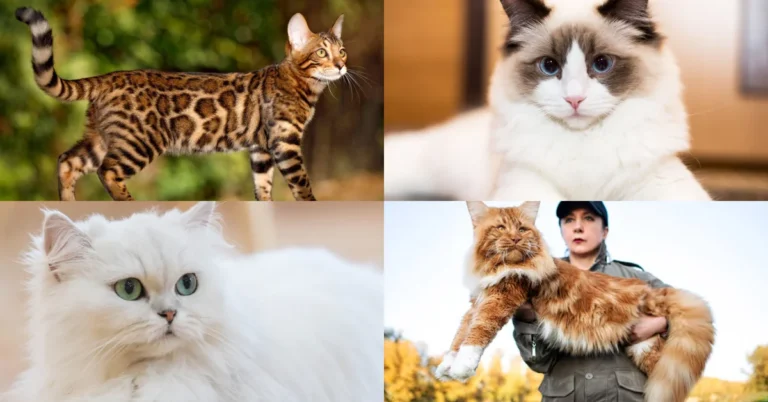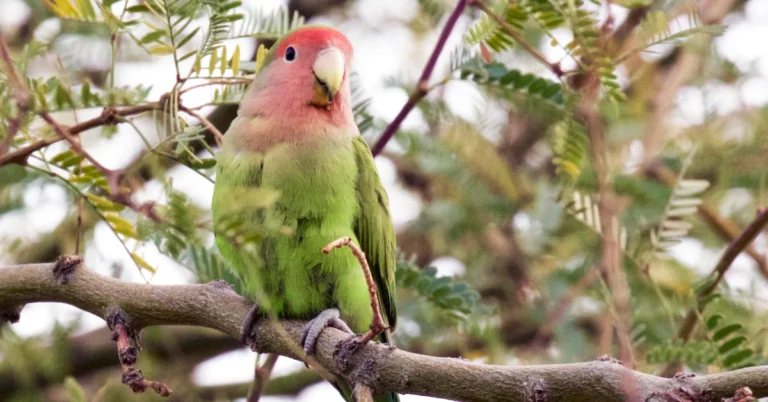Elegant, self-reliant, and meticulous in their grooming routines are characteristics of cats. On the other hand, their dislike of water is one characteristic of their behavior that frequently baffles and amuses their humans. Several cat owners have experienced the amusing yet confusing sight of their feline friend writhing into an impossible shape or bolting in fear at the mere sight of a bathtub.
But why do cats hate water? Is it an innate fear, or is there more to the story? This piece explores the eight primary causes of this alleged feline hydrophobia, providing intriguing details about the species’ evolutionary background, sensory perceptions, and personal preferences. Come along as we try to figure out the riddle surrounding cats’ complex connection with water.
Reason 1: A Legacy of Dry Lands
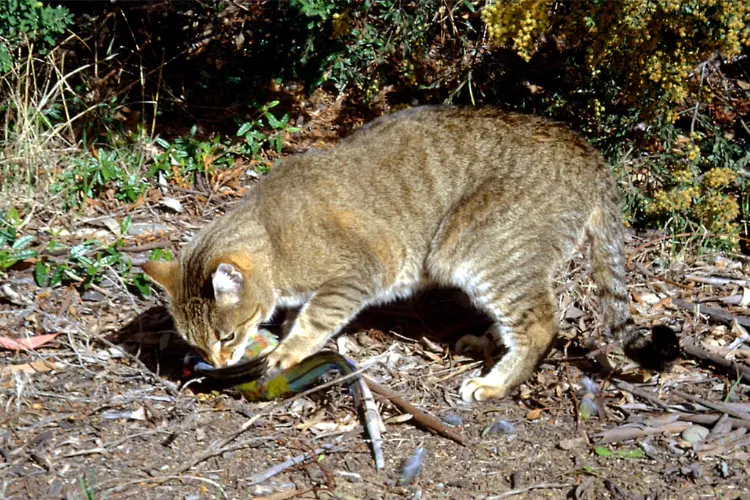
Evolution largely explains why cats strongly dislike water. Domesticated cats, including various cat breeds, can trace their history back to felines that lived in the deserts of the Middle East and Africa, unlike dogs, whose forebears were semi-aquatic. These arid environments offered little need for aquatic skills, and their ancestors lacked the selective pressure to develop a love for the water.
As a result, cats, including various orange cat breeds, evolved to thrive in dry, hot climates, developing a natural aversion to water as a potential danger. This ingrained instinct to avoid water persists in many modern cats, even those that have never encountered a desert. Their bodies and behaviors are still shaped by their ancestors’ adaptations to desert life, where water was scarce and potentially hazardous.
Reason 2: Senses on High Alert
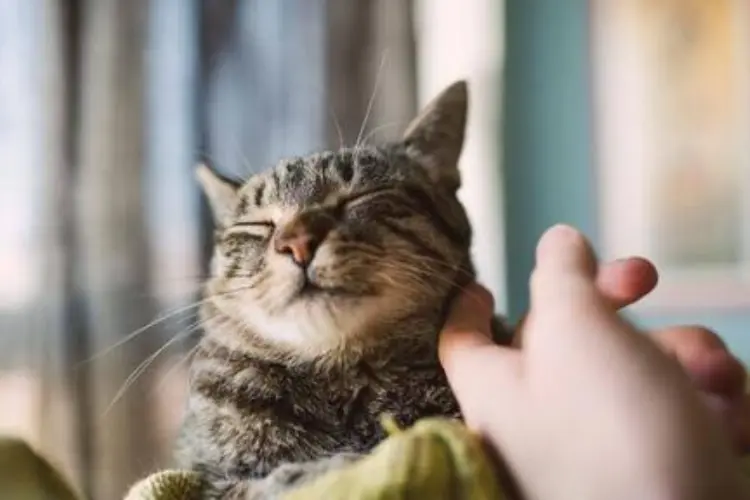
A cat’s world is primarily experienced through touch, smell, and vision. Water, unlike familiar scents and textures, disrupts their sensory map. The wetness can feel uncomfortable on their fur, disrupt their delicate sense of smell, and even obscure their vision slightly.
Imagine immersing yourself in something that causes you to lose perception of everything around you, even different types of black cats. This sensory overload may have contributed to their dislike of water because it goes against their natural tendency to be aware of their surroundings.
Reason 3: Loss of Control
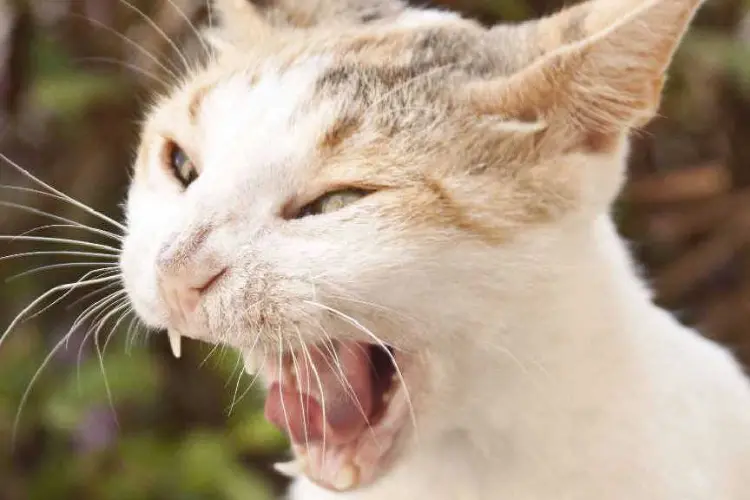
Cats cherish their independence and agility. They become immobile and awkward in the water because they cannot move with elegance or freedom. They may undergo a fight-or-flight reaction as a result of this powerlessness, which makes them link water with unpleasant things.
The sensation of being submerged in water and losing control, such as during how to travel with a cat, can be extremely distressing for species that rely on fast reflexes and precise motions to survive. Their inclination to stay in control and avoid situations that restrict their movement is ingrained in their mentality.
Reason 4: Negative Memories
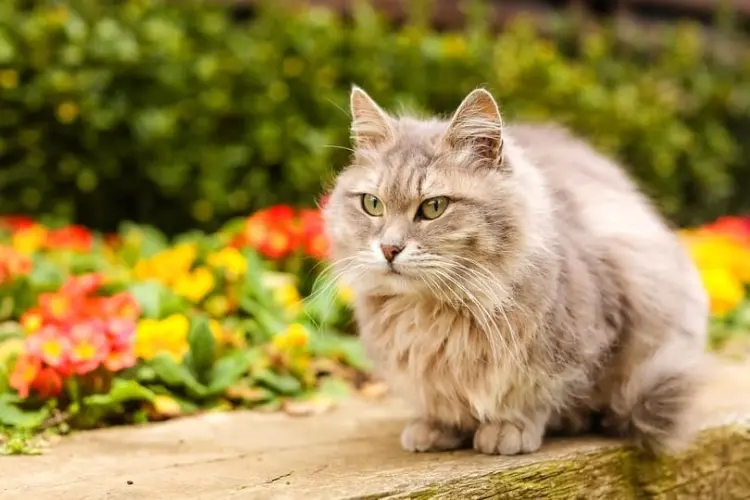
A cat’s behavior is greatly influenced by its early experiences, including various breeds such as the black ragdoll cat. Cats who have experienced a traumatic event involving water, like being forced to bathe or falling by accident, may acquire a lifelong dislike. Water can become permanently associated with discomfort or dread after just one unpleasant experience.
Gentle and positive introductions to water at a young age can help overcome such anxieties. However, if a cat’s first encounter with water is unpleasant, it can be challenging to change their perception later in life.
Reason 5: Chemical Concerns
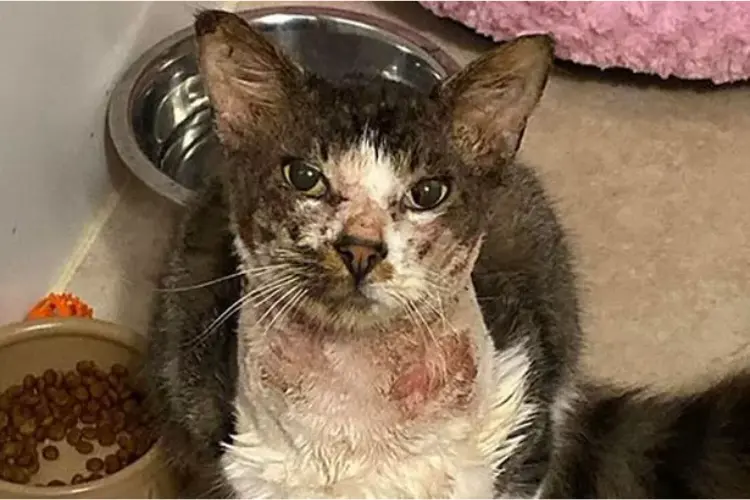
Chlorine and other chemicals used in tap water can have a strong odor and even irritate a cat’s sensitive skin. Their heightened sense of smell and delicate skin can make the chemicals found in treated water a significant deterrent.
Offering filtered or rainwater for drinking and using natural, cat-safe shampoos can make bath time less unpleasant. By removing the harsh chemicals and strong odors, cats may find the experience more tolerable and less threatening to their senses.
Reason 6: Individual Preferences
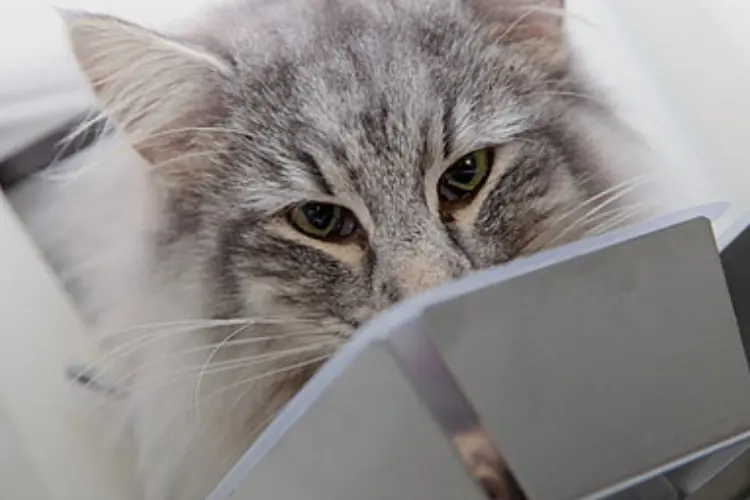
Cats have unique personalities and tastes, much like people. Some people can endure or even love a good splash, but others are inherently afraid of the water and will not be persuaded to change.
Building trust and preserving a solid feline-human bond requires that we respect each cat’s comfort level. Putting a cat in an awkward situation—like a bath—can strain their bond and exacerbate their fear of the water.
Reason 7: Instinctual Grooming
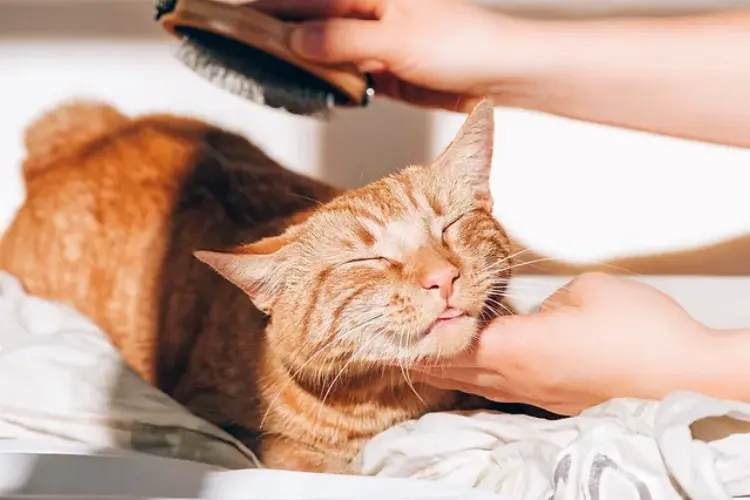
Cats are meticulously clean creatures, spending a significant portion of their day grooming themselves. Their tongues and fur are perfectly adapted for this task, making water unnecessary and potentially disruptive to their natural cleaning routine.
From an evolutionary perspective, water may not have been necessary for grooming their ancestors in arid environments. Their grooming behaviors and adaptations developed. To maintain cleanliness without the need for water, which could have been a scarce resource.
Reason 8: Not All Cats Are Created Equal
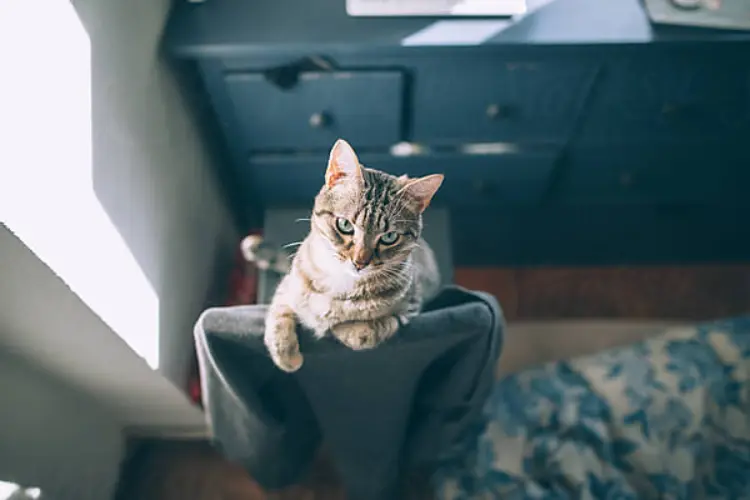
Remember that not all cats dislike water; it’s not entirely accurate. Some cat breeds, like the Bengal and Turkish Van, feel drawn to water, actively engaging in swimming or making splashes.
Cats’ unique personalities and life experiences, including factors like How Long Can A Cat Go without Peeing. Also play a significant role in shaping their attitudes toward water. Cats exhibit a wide range of preferences and tolerances when it comes to getting wet. Much like people who may adore the water or prefer to stay dry.
Beyond the Bathtub: Understanding the “Why” Behind the Aversion
Examining the reasons why cats hate water goes beyond merely understanding their dislike of baths. It sheds light on their fascinating evolutionary history, unique sensory perception, and individual personalities.
By recognizing these factors, we can appreciate their perspective and approach water-related interactions with empathy and respect. Instead of forcing them into situations that cause distress, we can focus on building positive associations and respecting their boundaries.
Building Positive Associations
If you wish to introduce your cat to water positively, remember to:
- Start slowly and gently: Let them approach water on their terms, offering positive reinforcement through treats or playtime.
- Use lukewarm water: Avoid extremes in temperature that could startle them.
- Create a safe and controlled environment: Provide a shallow container or basin where they can feel secure.
- Make it fun: Use cat-safe toys to encourage playful interaction with water.
- Respect their boundaries: Never force a cat into the water against their will.
Recall that whether there is water or not. Having a good connection with your feline buddy depends on mutual respect and trust. We can create a peaceful and enriching atmosphere for our furry friends, purrs assured, by recognizing their specific tastes and natural tendencies.
Final Thoughts
To sum up, the reason behind a cat’s dislike of water is a multifaceted combination of their unique personalities, sensory experiences. And evolutionary adaptations. Through comprehending these elements. We can develop a more profound admiration for their distinct viewpoints and address situations with water with compassion and deference.
No matter what you’re doing—giving a kitten its first taste of water or helping an aging cat. Get over a long-standing fear—your cat’s comfort and welfare should always come first. You may still establish a peaceful and reliable relationship with your cat if you are willing to respect their boundaries, patient. And provide them positive reinforcement, regardless of how they feel about the water.

